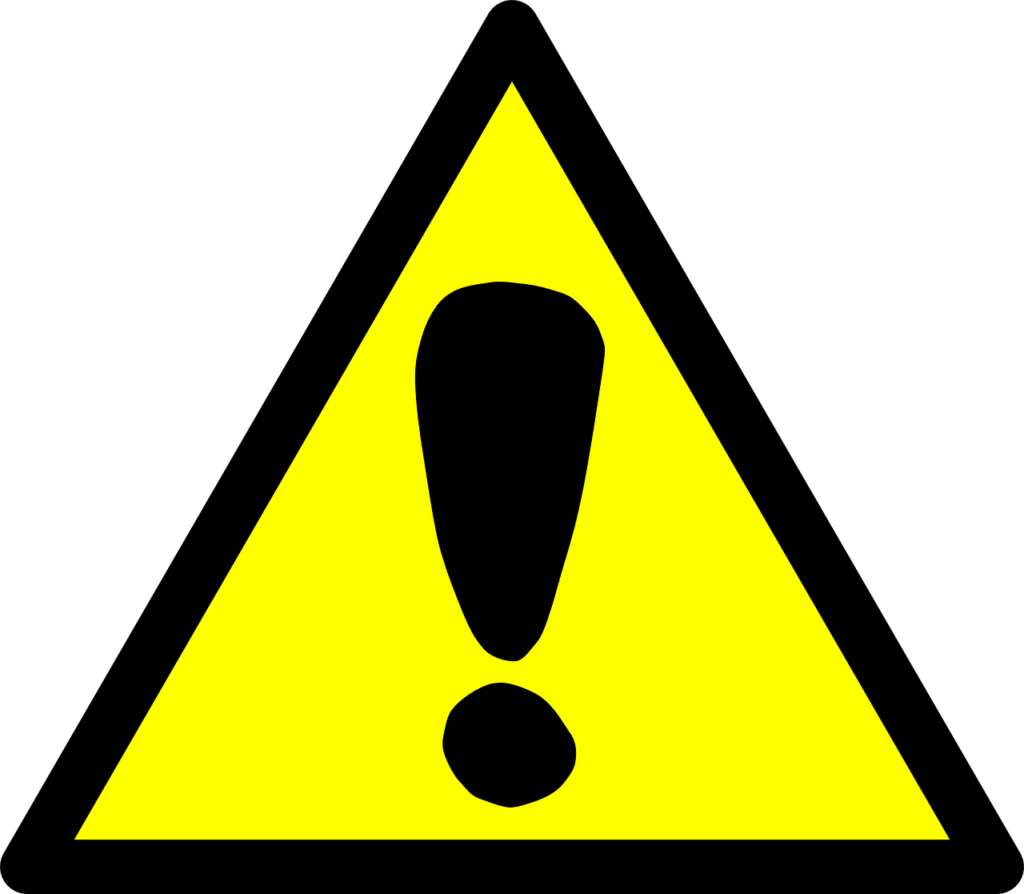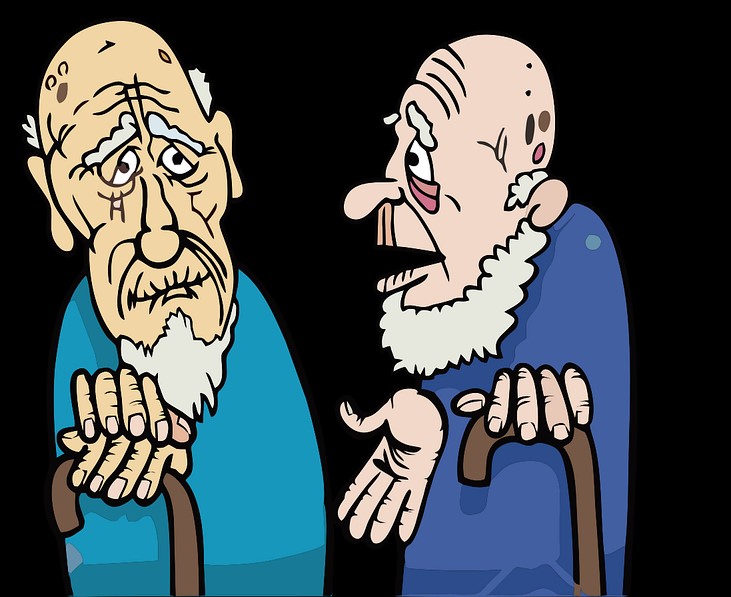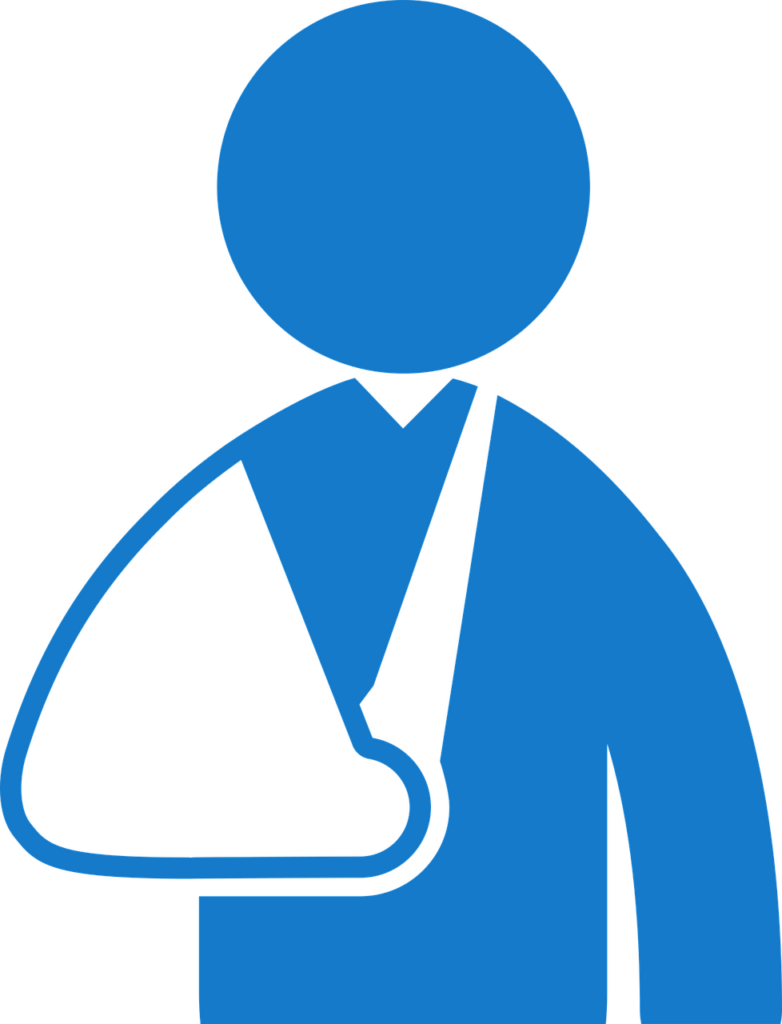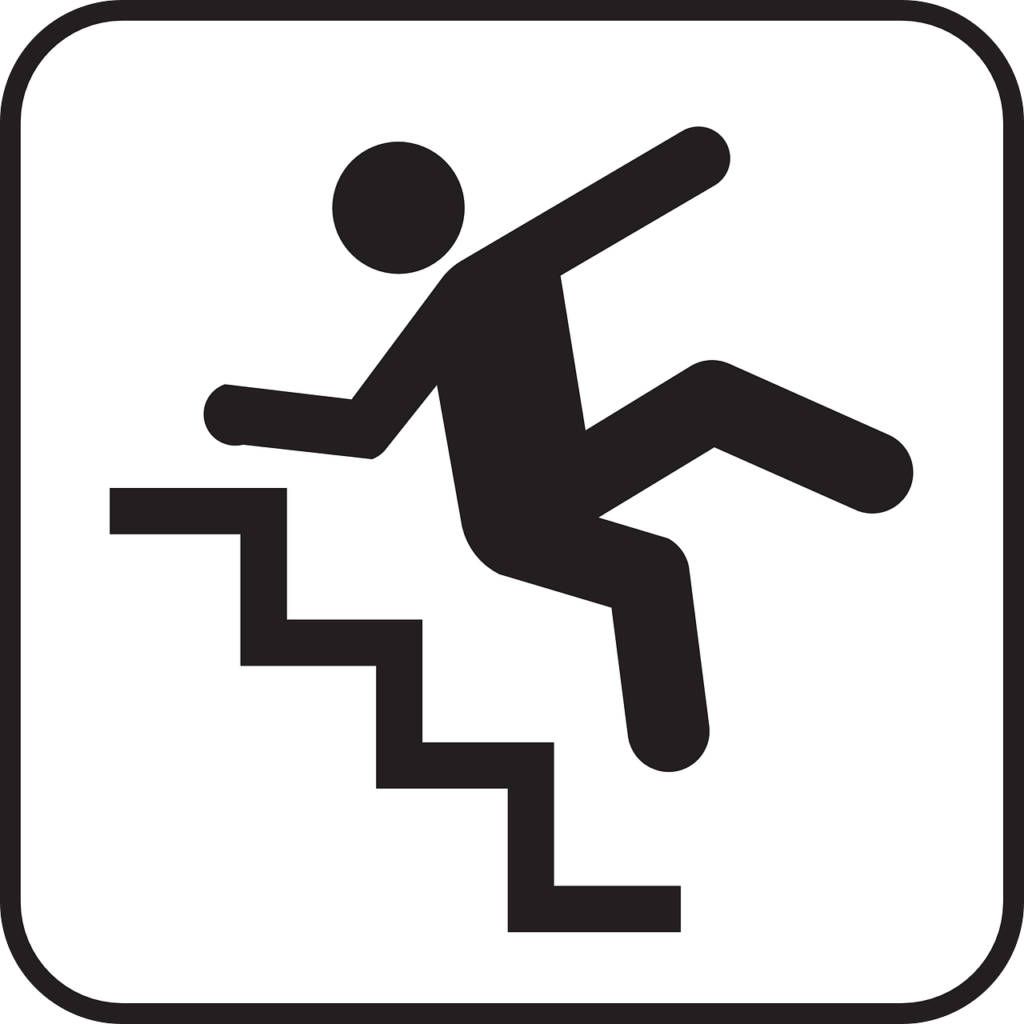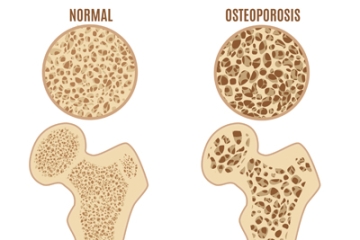
Introduction To The Silent Disease Osteoporosis
The Silent Disease Osteoporosis. Osteoporosis is a systemic skeletal disorder characterized by low bone mass, and micro-architectural deterioration of bone tissue leading to bone sterility. And consequent increase in fracture risk. In addition, it is the most common reason for a broken bone among the elderly. Here, bones that commonly break include the vertebrae in the spine, the bones of the forearm, and the hip. However, until a broken bone occurs there are typically no symptoms. So then, bones may weaken to such a degree that a break may occur with minor stress or spontaneously. But after the broken bone heals, you may have chronic pain and a decreased ability to carry out normal activities.
Osteoporosis may be due to lower-than-normal maximum bone mass and greater-than-normal bone loss. As an example, bone loss increases after female menopause due to lower levels of estrogen. And after male ‘andropause‘ due to lower levels of testosterone. In addition, osteoporosis may also occur due to a number of diseases or treatments. Including alcoholism, anorexia, hyperthyroidism, kidney disease, and surgical removal of the ovaries. Consequently, certain medications increase rates of bone loss. Including some antiseizure medications, chemotherapy, proton pump inhibitors, selective serotonin reuptake inhibitors. Also, glucocorticosteroids. Smoking and too little exercise are known risk factors. Generally, osteoporosis is defined as a bone density of 2.5 standard deviations below that of a young adult. This is typically measured by dual-energy X-ray absorptiometry (DXA or DEXA).
Prevention
The Silent Disease Osteoporosis. Prevention of osteoporosis includes a proper diet during childhood and hormone replacement therapy for menopausal women. Also, efforts to avoid medications that increase the rate of bone loss. Efforts to prevent broken bones in those with osteoporosis include a good diet, exercise, and fall prevention. However, lifestyle changes such as stopping smoking and not drinking alcohol may help. Bisphosphonate medications are useful to decrease future broken bones in those with previous broken bones due to osteoporosis. In those with osteoporosis but no previous broken bones, they are less effective. They do not appear to affect the risk of death.
Age-Related
The Silent Disease Osteoporosis. Osteoporosis becomes more common with age. About 15% of Caucasians in their 50s and 70% of those over 80 are affected. It is more common in women than men. In the developed world, depending on the method of diagnosis, 2% to 8% of males and 9% to 38% of females are affected. Rates of disease in the developing world are unclear. About 22 million women and 5.5 million men in the European Union had osteoporosis in 2010. In the United States in 2010, about 8 million women and between 1 and 2 million men had osteoporosis. White and Asian people are at greater risk. The word “osteoporosis” is from the Greek term for “porous bones”.
Signs and Symptoms
The Silent Disease Osteoporosis. Osteoporosis has no symptoms and the person usually does not know that they have osteoporosis until a bone is broken. So then, osteoporotic fractures occur in situations where healthy people would not normally break a bone. Here, they are therefore regarded as fragility fractures. Typical fragility fractures occur in the vertebral column, rib, hip and wrist. Examples of situations where people would not normally break a bone include a fall from a standing height, or normal day-to-day activities such as lifting, bending, or coughing.
Fractures
The Silent Disease Osteoporosis. Fractures are a common symptom of osteoporosis and can result in disability. Acute and chronic pain in the elderly is often attributed to fractures from osteoporosis and can lead to further disability and early mortality. These fractures may also be asymptomatic. The most common osteoporotic fractures are of the wrist, spine, shoulder and hip. The symptoms of a vertebral collapse (“compression fracture”) are sudden back pain, often with radicular pain (shooting pain due to nerve root compression) and rarely with spinal cord compression or cauda equina syndrome. Multiple vertebral fractures lead to a stooped posture, loss of height, and chronic pain with a resultant reduction in mobility.
Fractures of the long bones acutely impair mobility and may require surgery. Hip fracture, in particular, usually requires prompt surgery, as serious risks are associated with it, such as deep vein thrombosis and pulmonary embolism. There is also an increased risk of mortality associated with hip surgery, with the mean average mortality rate for Europe being 23.3%, for Asia at 17.9%, the United States at 21% and Australia at 24.9%.
Fracture risk calculators assess the risk of fracture based on several criteria, including bone mineral density, age, smoking, alcohol usage, weight, and gender. Recognized calculators include FRAX, the Garvan FRC calculator and QFracture as well as the open-access FREM tool. The FRAX tool can also be applied in a modification adapted to routinely collected health data.
The term “established osteoporosis” is used when a broken bone due to osteoporosis has occurred. Osteoporosis is a part of frailty syndrome.
Risk of Falls
The Silent Disease Osteoporosis. There is an increased risk of falls associated with ageing. These falls can lead to skeletal damage at the wrist, spine, hip, knee, foot, and ankle. Part of the fall risk is because of impaired eyesight due to many causes, (e.g. glaucoma, macular degeneration), balance disorder, movement disorders (e.g. Parkinson’s disease), dementia, and sarcopenia (age-related loss of skeletal muscle). Collapse (transient loss of postural tone with or without loss of consciousness). Causes of syncope are manifold but may include cardiac arrhythmias (irregular heartbeat), vasovagal syncope, orthostatic hypotension (abnormal drop in blood pressure on standing up), and seizures. Removal of obstacles and loose carpets in the living environment may substantially reduce falls. Those with previous falls, as well as those with gait or balance disorders, are most at risk.
Complications
The Silent Disease Osteoporosis. As well as susceptibility to breaks and fractures, osteoporosis can lead to other complications. Bone fractures from osteoporosis can lead to disability and an increased risk of death after the injury in elderly people. Osteoporosis can decrease the quality of life, increase disabilities, and increase the financial costs to health care systems.
How can I keep my bones strong as I age?
There are things you can do at any age to prevent weakened bones. Here are some tips:
- Eat foods that support bone health. Get enough calcium, vitamin D, and protein each day. Low-fat dairy; leafy green vegetables; fish; and fortified juices, milk, and grains are good sources of calcium. If your vitamin D level is low, talk with your doctor about taking a supplement.
- Get active. Choose weight-bearing exercise, such as strength training, walking, hiking, jogging, climbing stairs, tennis, and dancing. This type of physical activity can help build and strengthen your bones.
- Don’t smoke. Smoking increases your risk of weakened bones. If you do smoke, here are tips for how to quit smoking.
- Limit alcohol consumption. Too much alcohol can harm your bones. Drink in moderation or not at all. Learn more about alcohol and aging.
Donate
Pensioner Fitness Awards
THE BUSINESS CONCEPT, BEST IN BUSINESS AWARDS 2023
MOST INSPIRING SENIOR WELLNESS WEBSITE 2023
THE GLOBAL HEALTH AND PHARMA, FITNESS AND NUTRITION AWARDS 2023
BEST SENIOR FITNESS AND NUTRITION SPECIALIST 2023
In Conclusion
The chance of you having Osteoporosis is high especially if you are leading an inactive life. However your chances are doubled if you are a woman, but it is so easy to not exercise or to claim you are too old to start exercising. Picture this, you turn over in bed at night and break or fracture a bone, you sneeze and a bone breaks, this is the reality for those who suffer from serious osteoporosis. I am sure you do not want that, so the choice is yours, remember prevention is better than cure.
Important Note *
Remember that everyone is different, it is ultimately YOUR RESPONSIBILITY to find what your body responds to. So please do your due diligence before trying anything new, including getting Medical Advice to ensure your safety and peace of mind.
Connect with me and leave a comment or two on my
